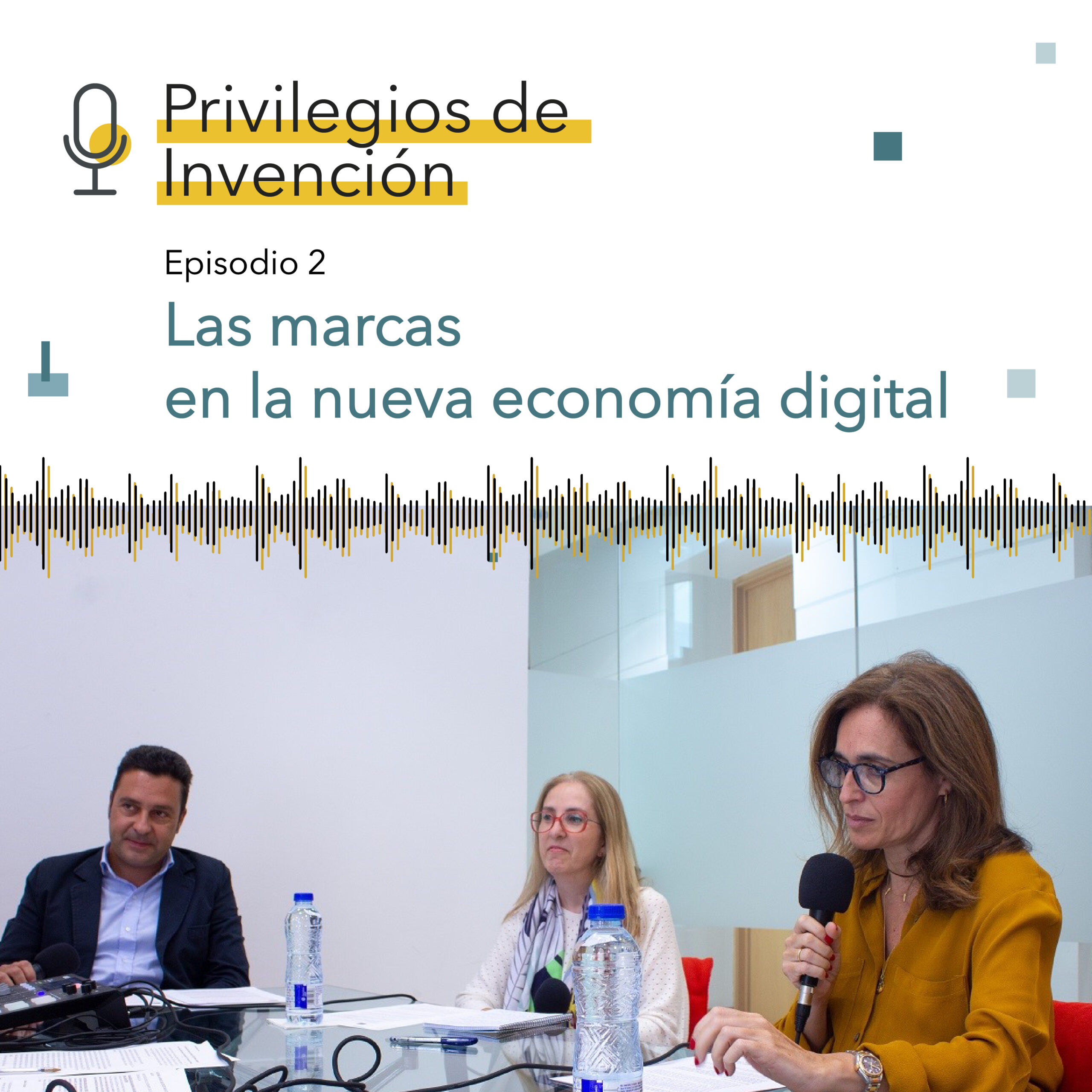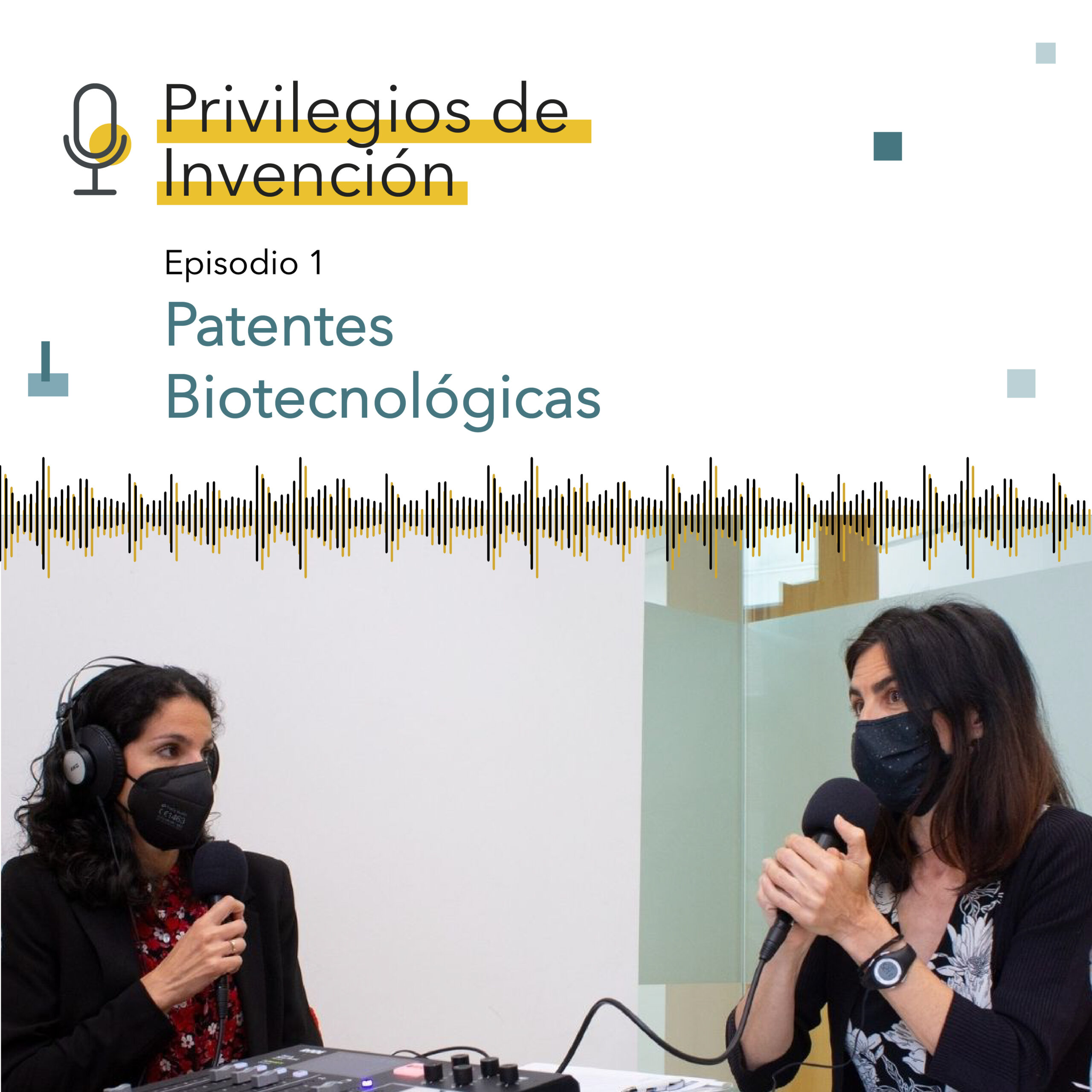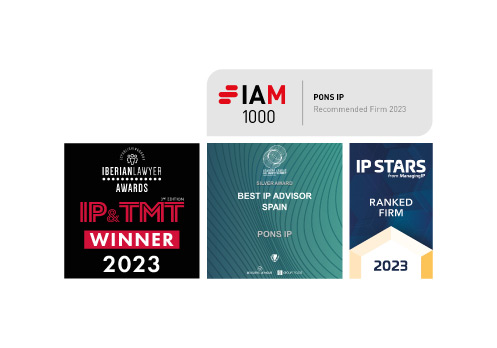We live in a connected world, and it will become even more so as time goes on. Today we depend on mobile phones, and we cannot imagine computers without Internet access. Cars and televisions are also already connected; however, thanks to the “Internet of Things”, in a few years it will also be difficult to imagine watches or washing machines without network access.
To establish the connectivity of one of these devices, it must comply with technology standards such as those that allow Internet communications (4G, Wi-Fi, etc.) or that transmit video or audio over the Internet. These standards are protected by thousands of patents that we call “essential patents”, also known by their acronym “SEP”, because they are the patents that any individual needs to take into account in order to use a given technology. As in other areas, these patents protect the intellectual property of inventors and allow them to obtain economic benefits from the use of their innovations.
Until now, SEPs were a topic specifically related to telecommunications but, to the extent that the use of connected devices is becoming widespread, it already has an effect on the automotive industry, or it will have a medium-term effect on other sectors in which sensorisation for remote connection will be incorporated, such as capital goods distributors, agriculture, all industrial sectors, etc.
To make a “connected” product, the company is required to use the relevant “essential” patents. The monopoly granted by these specific patents is balanced by the commitment of SEP holders to licence these patents on fair, reasonable and non-discriminatory (FRAND) terms.
There is a very active market for licensing essential patents; however, they are also a source of controversy and lead to legal disputes. To understand the truly ambitious nature of the challenge, it should be noted that just one mobile phone can have more than 100,000 essential patents and that conducting a rigorous inventory of the patents declared essential will not be easy.
Performing a transparent and systematic assessment of when a patent is essential, as well as determining licence pricing has many benefits in a society that is so dependent on developments such as the Internet of Things, Industry 4.0, and connected cars:
- Establishing actual exposure to SEPs for a given product (including knowledge of SEPs held by patent holders)
- Facilitating smoother and faster SEP licensing negotiations (thus reducing transaction costs)
- Reducing legal tension and unnecessary litigation and increasing legal certainty
- Providing valuable information in the context of infringement proceedings
To date, there is only a “partial registration” of SEPs in the European Standards Institute (ETSI), but there is a need for this process to be more transparent and more rigorous.
For many years, the current system has suffered from a lack of transparency and predictability, as well as lengthy disputes and litigation, as first recognised in the 2017 Communication from the Commission on standard-essential patents.
In 2020, within the framework of the IP Action Plan, the European Commission stated in its Communication “Making the most of the EU’s innovative potential: An intellectual and industrial property action plan to support the EU’s recovery and resilience” that“The licensing of standard-essential patents is often a cumbersome and costly exercise for both patent holders and technology implementers. Given the growing importance of standard-essential patents (for instance, there are over 95,000 unique patents and patent applications supporting 5G), there is a need for a much clearer and more predictable framework, incentivising good faith negotiations rather than recourse to litigations “. In this sense, as a policy to be implemented in the EU, it is also considered that “easier and faster access to knowledge, data, and technologies, including those protected by intellectual and industrial property, is crucial. A resilient, green, and competitive economy needs tools to facilitate access to critical technologies protected by intellectual and industrial property in times of crisis, to facilitate licence copyright and standard-essential patents, and to promote data sharing “.
How is an essential patent certified?
Determining essentiality is a complex process as there is no standard degree of essentiality that serves as its basis. Furthermore, one can only speak of essentiality related to an already approved version of a given standard and related to granted patents.
At present, the analyses of essentiality of a specific patent are yet to be rigorously and systematically addressed.
The Commission itself proposed different alternatives at the time to address the challenge of calculating the possible FRAND licences associated with a standard.
- A system in which all patents disclosed to standards organisations (SDOs) are systematically assessed as potentially essential to a given standard (although this scenario would satisfy many of the expressed interests in transparent data on essentiality, it would require very important resources both in people and in years)
- A system in which assessments are initiated at the request of the patent holder, who would also provide sets of claims that would be used in the process (although this scenario can generate abundant data on essentiality, including ownership data and detailed data that can help make patent licensing negotiations easier and faster, it depends on the voluntary participation of patent holders and no data is generated for non-participants)
- A system in which the key elements of the two previous scenarios are combined, and the evaluations initiated at the request of the patent holder are supplemented by an assessment of the patents communicated to the SDOs (for the first scenario, an amount of overhead would have to be added to the commissioned assessment, and/or (pre)financing would be required for the sampling part; as for the second scenario, it is estimated that the necessary resources would be somewhat higher)
With the aim of moving this matter forward, and “with certain optimism”, the Commission proposed a framework last April that makes the model more transparent by introducing measures such as a SEP register, database, and essentiality checks; expert opinions on SEP aggregate royalty; FRAND determination by means of conciliation and the establishment of a ‘Competence Centre’ at the European Union Intellectual Property Office (EUIPO). All information is available at this link.
It is relevant that the EUIPO and not the European Patent Office (EPO) is the entity designated to address these issues.
The proposed Regulation will apply to all standards that are published after its entry into force. The Commission, however, will determine which of the standards, their implementations or use cases will be excluded from the aggregate royalty setting and FRAND conciliation process, in situations where the respective SEP licensing does not pose significant difficulties or inefficiencies that affect the functioning of the internal market.
Beyond the application of essential patents in the telecommunications sector, this entails extending communication standards to sectors with “connected things”, in view of new vaccines such as those for COVID-19, and given the development of technology, artificial intelligence and biotechnology.
At PONS IP we are ready to take on this challenge.
Luis Ignacio Vicente del Olmo
Strategic Advisor at PONS IP




